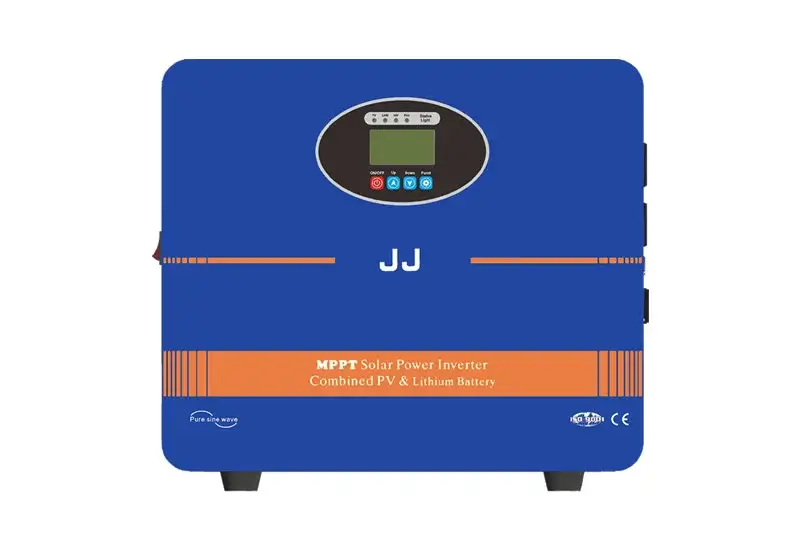When the output voltage of UPS (uninterruptible power supply) is unstable and fluctuates between high and low, the following steps can be taken for maintenance and repair: 1. Preliminary inspection and diagnosis
1. Check the input voltage:
Confirm whether the input voltage of the UPS is within the specified range. If the input voltage is too high or too low, it may cause instability in the output voltage.
Check if the input power circuit is in good contact, without looseness or short circuit.
2. Check the load condition:
Confirm whether the load connected to the UPS is within its rated power range. If the load is too large, it may cause UPS overload, which in turn affects the stability of the output voltage.
Check for any abnormal fluctuations or sudden changes in the load, which may cause momentary fluctuations in the UPS output voltage.
3. Observe the fault indicator light:
If the UPS is equipped with a fault indicator light, observe whether it lights up or flashes to determine if there is an internal fault.
2、 In depth inspection and maintenance
1. Check the internal circuit of UPS:
Open the UPS casing (pay attention to following safety operating procedures) and check for signs of burning, short circuits, or component damage in the internal circuits.
Pay special attention to checking the voltage stabilization circuit and filtering circuit, which are crucial for the stability of the output voltage.
2. Testing the battery pack:
Aging or damage to the battery pack may result in unstable output voltage. Use a multimeter to check the voltage and internal resistance of the battery pack and confirm if they are within the normal range.
If there is a problem with the battery pack, it is necessary to replace it with a new one or perform maintenance.
3. Cleaning and heat dissipation:
Regularly clean the dust and debris inside the UPS to ensure that the cooling system is unobstructed.
Check if the cooling fan is working properly and ensure that the internal temperature of the UPS is not too high during long-term operation.
4. Software and firmware updates:
If UPS supports software or firmware updates, check if there are available update versions. Updating software or firmware may help solve some known issues or improve the performance of UPS.
3、 Professional Maintenance and Consultation
1. Contact after-sales service:
If the above steps cannot solve the problem, it is recommended to contact UPS’s after-sales service team or professional maintenance personnel for handling.
2. Seek professional consultation:
You can consult professional electrical engineers or power management experts for more detailed maintenance recommendations and plans.
4、 Preventive measures
1. Regular maintenance:
Regularly maintain and inspect UPS, including cleaning, heat dissipation checks, battery pack testing, etc.
2. Reasonable use:
Avoid connecting loads exceeding their rated power on UPS to prevent overload and unstable output voltage.
3. Environmental control:
Ensure that the working environment temperature of UPS is suitable and avoid negative effects of high or low temperatures on the performance of UPS.
In summary, when the output voltage of UPS is unstable, maintenance and repair need to be carried out from multiple aspects. Through preliminary inspection and diagnosis, in-depth inspection and maintenance, professional repair and consultation, and implementation of preventive measures, the problem of unstable UPS output voltage can be effectively solved.
